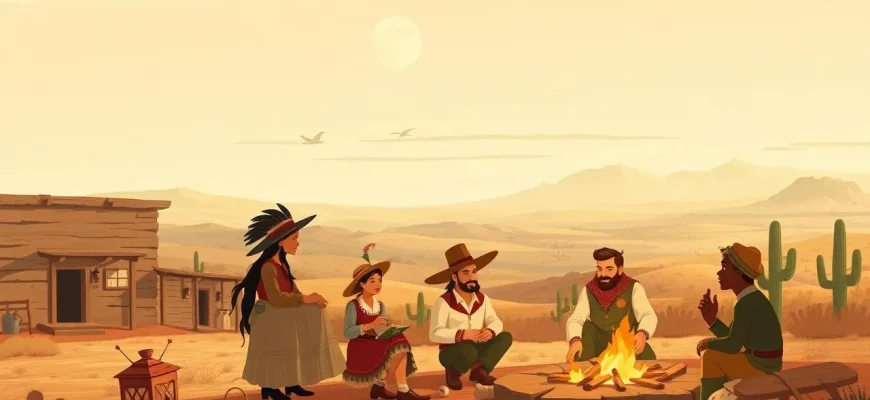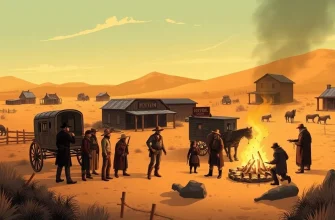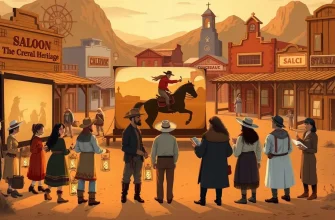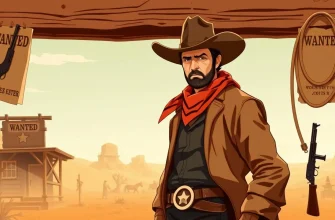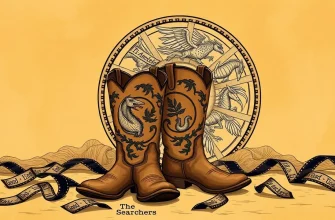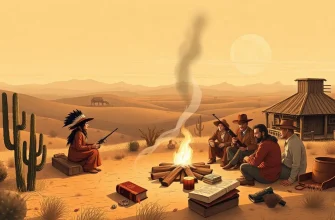This curated selection of Western films delves into the heart of various national traditions, showcasing how different cultures have influenced and been portrayed in the Western genre. From Native American customs to the unique traditions of the Old West, these films provide a window into the diverse cultural landscape of the American frontier, offering viewers not only entertainment but also a deeper understanding of the historical and cultural contexts that shaped these stories.
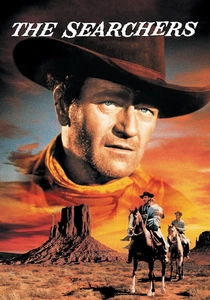
The Searchers (1956)
Description: John Ford's classic examines the clash between white settlers and Native Americans, highlighting the cultural traditions and prejudices of both groups through the journey of Ethan Edwards.
Fact: The film was shot in Monument Valley, which has become iconic in Western cinema. It was also one of the first films to explore the psychological depth of its characters.
 Watch Now
Watch Now

Little Big Man (1970)
Description: This satirical Western follows the life of Jack Crabb, a white man raised by the Cheyenne, offering a comedic yet poignant look at the cultural clash between Native Americans and settlers.
Fact: Dustin Hoffman underwent extensive makeup sessions to portray an old man, and the film was one of the first to depict the Battle of Little Bighorn from the Native American perspective.
 Watch Now
Watch Now
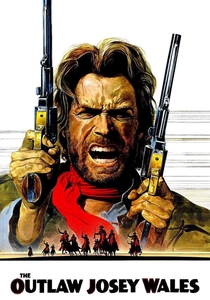
The Outlaw Josey Wales (1976)
Description: Clint Eastwood's character, Josey Wales, interacts with various Native American tribes, showcasing their traditions and the complexities of their relationships with settlers.
Fact: The film was shot on location in Utah, providing an authentic backdrop for the story. Eastwood also directed and produced the film.
 Watch Now
Watch Now

The Last of the Mohicans (1992)
Description: Based on James Fenimore Cooper's novel, this film explores the cultural clash during the French and Indian War, focusing on the traditions of the Mohican tribe.
Fact: The film's score by Trevor Jones and Randy Edelman was highly acclaimed, winning a BAFTA Award for Best Film Music.
 Watch Now
Watch Now
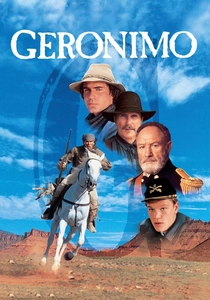
Geronimo: An American Legend (1993)
Description: This film tells the story of the Apache leader Geronimo, focusing on his resistance against the U.S. government and the preservation of Apache traditions.
Fact: The film was shot on location in Utah and Arizona, with many scenes filmed on the actual historical sites of Geronimo's battles.
 Watch Now
Watch Now

The Missing (2003)
Description: Ron Howard's film explores the traditions of the Chiricahua Apache, as a father and daughter confront their cultural differences while tracking down a kidnapped child.
Fact: The film features authentic Apache language and cultural practices, with Tommy Lee Jones learning the language for his role.
 Watch Now
Watch Now
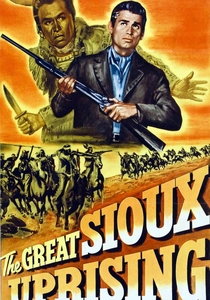
The Great Sioux Uprising (1953)
Description: This film, while not as critically acclaimed, provides a glimpse into the traditions of the Sioux during their conflicts with the U.S. Army.
Fact: It was one of the first Westerns to feature a significant amount of Native American dialogue in the Lakota language.
 30 Days Free
30 Days Free
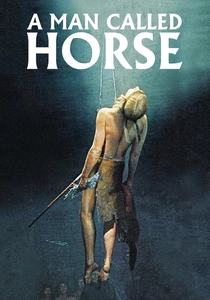
A Man Called Horse (1970)
Description: This film follows an English aristocrat who becomes part of a Sioux tribe, learning their customs and undergoing their initiation rites, providing a deep dive into Native American traditions.
Fact: The film was one of the first to depict Native American rituals with a degree of authenticity, including the Sun Dance ceremony.
 30 Days Free
30 Days Free

Dances with Wolves (1990)
Description: This epic film explores the life of a Union Army Lieutenant who befriends a group of Lakota Sioux, immersing himself in their traditions and way of life, offering a respectful portrayal of Native American culture.
Fact: Kevin Costner, who directed and starred in the film, learned the Lakota language for authenticity. The film won seven Academy Awards, including Best Picture.
 30 Days Free
30 Days Free
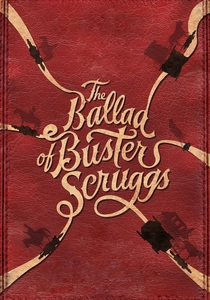
The Ballad of Buster Scruggs (2018)
Description: This anthology film by the Coen Brothers includes a segment titled "The Gal Who Got Rattled," which touches on the traditions of the Oregon Trail settlers.
Fact: The film was nominated for three Academy Awards, including Best Adapted Screenplay.
 30 Days Free
30 Days Free

